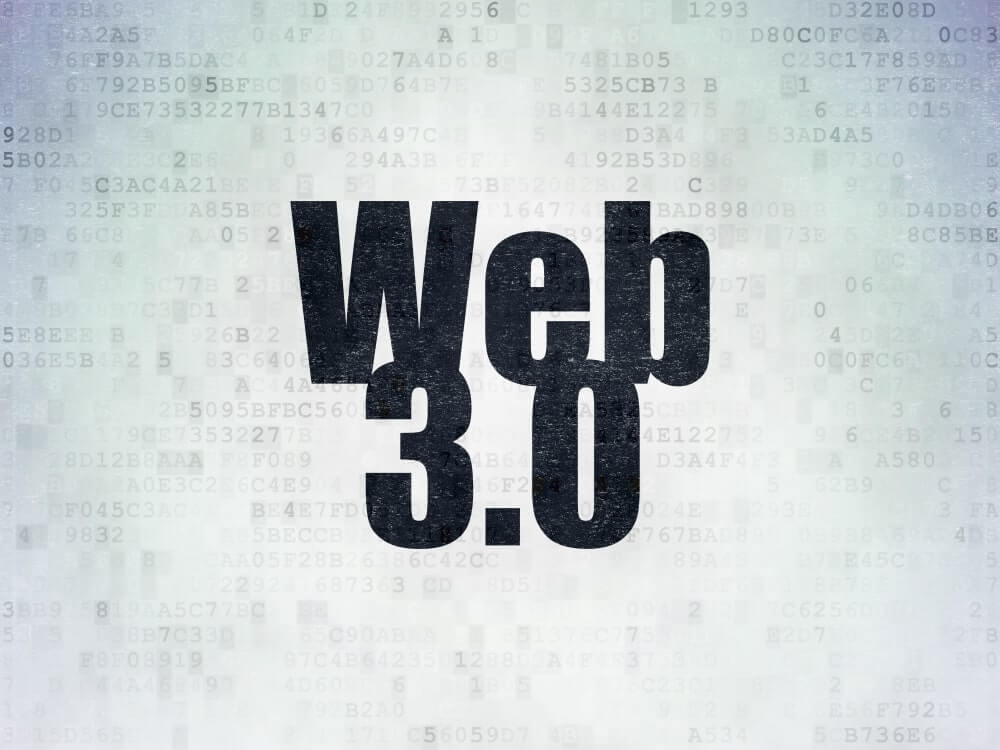[ad_1]
PSD to WordPress conversion is top-notch solution for creating WordPress theme from a Photoshop in order to get search engine friendly blogging web portal. This type of PSD integration plays very significant role in building visually appealing content managed blog portals. Getting the files be converted from PSD format to highly customizable Wordpress theme / template is entirely different matter in comparison to PSD to HTML. The process of converting a PSD based file into a cross browser compatible and W3C validated working Wordpress template / theme involves lots of steps.
In this type of PSD conversion, PSD file is being integrated by using WordPress. WordPress is a state-of-the-art blog publishing web application has strong footholds over blogging websites. Apart from being merely the most self-hosted blogging tool, WordPress is also popular as one-of-its-kind Content Management System (CMS) widely used by web developers for controlling and managing web content. By slicing a PSD file and coding it with most popular blog publishing application – WordPress, one can get a ready-to-use WordPress theme / template.
Below, steps involved in PSD to WordPress conversion process for designing a web portal are discussed in brief as a tutorial:
1.Analyze PSD file: First of all, a web programmer analyze the PSD format based file completely and find out whether it is simple or complicated. In fact, this phase is all about planning the steps will be involved PSD to WordPress conversion process such as splitting mock up into HTML, adding CSS codes, header, footer then images.
2.Break PSD into HTML: A web developer break everything into partitions in order to make HTML mock up more simple. A web programmer create wrapper div, header div and comment (for dynamic WordPress code). In addition to that, a web coder break body, logo, website name and main image into own divs. After breaking them a web developer add an unordered list for navigation.
3.Slice PSD file: Slicing of PSD based web templates in layers is one of the critical part of WordPress theme / template integration and customization. A web programmer open files need to sliced in Photoshop (image editing software) or any other imaging compatible software. After slicing an image, a web coder is able to add or remove buttons, links, text boxes. In addition to that, one can even change background, image, color without any hassle. The sliced PSD format based file then saved as bitmap, JPEG, GIF or any other compatible format.
4.File Structure: Create separate files named as index.html (HTML codes), style.css (CSS styling codes), index.php (PHP codes).
5.PSD into HTML and CSS: Since, the PSD file can not be uploaded in your website and therefore, the sliced image coded with high quality HTML then CSS.
6.Integrate HTML / CSS by WordPress: Once, the PSD files converted into HTML and CSS then a web developer integrate static design dynamic WordPress template / theme.
7.Testing: Testing a web page in browsers plays very significant role in PSD to WordPress conversion process. Once, the PSD to WordPress integration and customization process gets over then final WordPress page tested thoroughly on various Internet browsers such as Internet Explorer, Firefox, Chrome, Safari, and Opera in order to check its accessibility.
With the above discussed tutorial for PSD to WordPress conversion, an individual can get highly interactive blogging website which satisfies all the ever-ending needs of customers and blogging aspirants.
[ad_2]





0 Comments